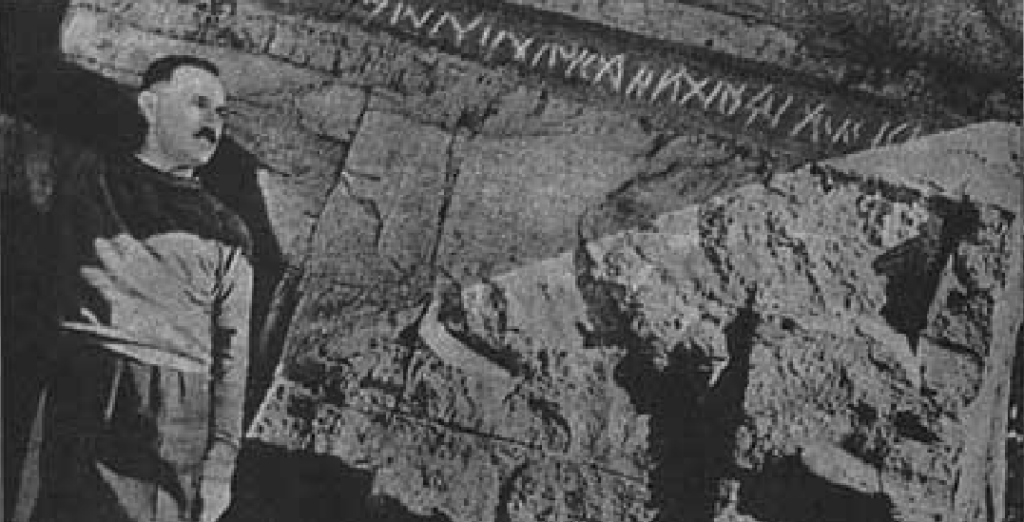The Sitovo inscription is a mysterious script that has yet to be translated correctly. It was discovered on the wall of a rock shelter near the village of Sitovo, Bulgaria, in 1928 by an archaeological team led by Alexander Peev. But did you know what happened to Alexander Peev?
On suspicion of delivering a coded communication to the Soviet Union, archaeologist Alexander Peev was persecuted by a firing squad in 1943. He wanted Russian archaeologists to assist him in deciphering an ancient inscription.
Who is Alexander Peev?
Alexander Peev was born on May 4th, 1886, in Plovdiv, Bulgaria, and was executed on November 22nd, 1943, in Sofia, Bulgaria, by the fascist Bulgarian leaders.
Peev was an amateur archaeologist and a well-known revolutionary resistance leader who pioneered the study of the Sitovo inscriptions.
Alexander Peev was imprisoned on indictments of being a Soviet spy, and he was punished with death because he actively resisted his government’s cooperation with Nazi Germany. The circumstances encircling his execution, on the other hand, are a little bizarre. (Source: The Sangha Kommune)
Why was Alexander Peev Persecuted?
Loggers working near the village of Sitovo which is located near the city of Plovdiv discovered an unknown script engraved on a cave wall in May 1928. These men thought there might be treasures in the region and began digging in the ground randomly.
When word got out, the area was overrun with treasure hunters, but the unknown script caught the eye of Alexander Peev, who was an amateur archaeologist.
Because this was such a significant historic find, the Archaeological Society’s Secretary, Alexander Peev, dispatched an expedition into the highlands right away.
After a careful examination of the southern walls of the cave which are almost sheer rock, we found that about two meters from the floor was carved a smooth polished rectangular area with a width measuring 23 to 30 cm, and a length of 260 cm. Upon this prepared surface were carved some mysterious signs. Without a doubt, the inscription is made by the hand of man. The signs resemble the so-called runes used by the old Germanic peoples before you fall under the cultural influence of Rome. The eastern wall of the cave is a huge block of stone. Here we also found the inscription 23 cm in height and 80 cm in length.
Alexander Peev
Peev was the lone researcher working on determining and deciphering these bizarre letters for years. Despite his best attempts, he could not determine if the symbols were Celtic, Thracian, Phrygian, or Slavic in origin. The script did not seem to be Roman at all.
He also performed against Bulgarian fascist authorities, gathering intelligence on fascist actions in Bulgaria and passing it on to the Soviet Union. His undoing appears to be tied to the Sitovo Script, as he was apprehended after giving an example of the writing to Soviet archaeologists in the hopes of deciphering its meaning.
The Bulgarian fascist authorities mistook the Sitovo Script for some sort of secret code used to transmit to the Soviet Union and executed Alexander Peev by firing squad in 1943. (Source: The Sangha Kommune)
